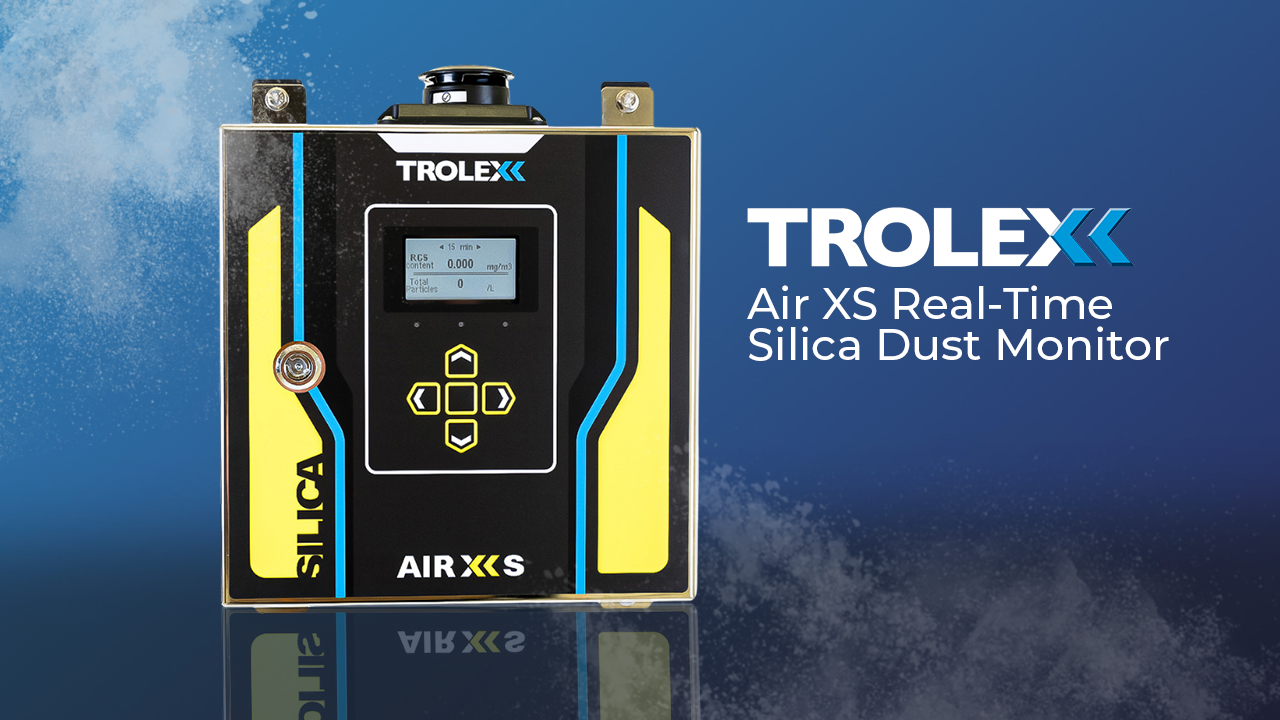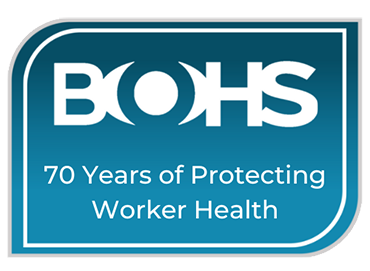Ensuring workplace safety, especially concerning silica dust, is crucial. Silica, a naturally occurring substance found in materials such as rocks, sand, and clay, can pose serious health risks when it becomes airborne during industrial processes.
It’s estimated that over 40 million people globally are exposed to silica dust which includes respirable crystalline silica (RCS), a leading cause of workplace fatalities and lung diseases. In response, some of the industry’s most influential countries are making significant changes to regulations regarding silica exposure in the workplace.
In December 2023, Australia became the first country in the world to ban engineered stone due to rising cases of silicosis. From 1st July 2024, all use of engineered stone in Australia is prohibited to protect workers from exposure to RCS in the workplace. Engineered stone is a manufactured material made from combining quartz or granite aggregates with resins and pigment and is a common material used in stone worktops, often found in kitchens and bathrooms. It’s production and installation usually result in airborne RCS, leading to significant health risks to those working with it.
The Health and Safety Executive (HSE) in the United Kingdom provides essential guidelines to ensure compliance with regulations and control workplace exposure to respirable crystalline silica dust (RCS). Complying with these guidelines is not just a legal requirement; it's a vital step in safeguarding employee health and preventing lung disease.
What is silica dust?
Silica dust, also known as quartz dust, is composed of silicon dioxide, a chemical compound that forms most of the world’s sand deposits. It’s also present in various types of stone and clay, making it a common component of building materials such as brick, mortar, concrete, and tiles. Silica dust is generated when these materials are drilled, cut, ground, polished, or otherwise disturbed.
Even routine activities, like the everyday abrasion of floors—from simple foot traffic to heavier movement from equipment like forklifts—can release silica dust into the air, where it can pose an inhalation risk for anyone who uses the space.
Why is silica dust dangerous?
Silica dust is particularly hazardous not only because it is toxic, but also because it is ultrafine and almost invisible, making it difficult to detect. It can settle on hair, clothing, and tools, spreading easily beyond its source. This means that even people far from the initial exposure site can unknowingly inhale the dust, as it migrates to other areas of a building or worksite or even home
What are the health risks of silica dust?
Silica dust is dangerous primarily because of its small particle size, which allows it to be easily inhaled deep into the lungs. Once inhaled, the fine crystalline particles can cause significant damage to lung tissue. Over time, this can lead to several serious and sometimes fatal health conditions, including:
Silicosis: A chronic lung disease where inhaled silica particles cause inflammation and scarring of lung tissue, leading to reduced lung function. Silicosis can be progressive, causing breathing difficulties and, in severe cases, can be fatal.
Lung Cancer: Prolonged exposure to respirable crystalline silica has been classified as a carcinogen by health agencies such as the International Agency for Research on Cancer (IARC). It increases the risk of developing lung cancer, especially among workers exposed over long periods.
Chronic Obstructive Pulmonary Disease (COPD): Exposure to silica dust can also cause COPD, a group of diseases that block airflow and make it difficult to breathe. This includes chronic bronchitis and emphysema.
Kidney autoimmune diseases: The US Occupational Safety and Health Administration (OSHA) has warned: “There is evidence that inhaling silica fume may increase the risk of rheumatoid arthritis and other autoimmune diseases. Indeed, an autoimmune mechanism has been postulated for some silica-related kidney diseases."
Control measures and reducing exposure
Conducting a comprehensive risk assessment is essential for managing silica dust in the workplace. Employers must identify potential sources of silica dust exposure and assess the related risks. Key factors such as the type of work, the materials involved, and the duration of exposure play a critical role in this evaluation. Recognizing these risks is crucial for implementing effective control measures.
Equally important is ensuring that employees are fully informed about the dangers of silica dust. Employers should provide thorough training to educate workers on the health risks of inhaling silica dust and the protective measures in place to reduce exposure. This includes guidance on the proper use of respiratory protective equipment (RPE) and other safety protocols. Raising employee awareness is vital for maintaining a safe work environment and ensuring compliance with health and safety regulations.
Shawcity Solutions
Our trusted manufacturer partner Trolex has developed a world-first instrument which delivers highly accurate, continuous, real-time silica monitoring, the Air XS Silica Dust Monitor. Alongside other health and safety controls, this is one of the tools that can help prevent occupational silicosis for those exposed to harmful silica dust in the workplace.
Available to hire or buy, the Air XS is designed to function in challenging industrial environments, detecting all forms of crystalline silica and tracking changing levels of RCS in complex dust mixtures over time. The unit gives you all the data you need to protect your workforce in real-time, improve your processes and ensure that you not only comply with regulations – but that can prove it!
For more information on all types of indoor and outdoor air quality and dust monitoring and how to achieve compliance – or to arrange a free demonstration or site visit from one of our sales team - contact Shawcity on 01367 899419 or email info@shawcity.co.uk
Contains public sector information published by the Health and Safety Executive and licensed under the Open Government Licence.
Resources from manufacturing partner Trolex: https://trolex.com/updates-to-global-silica-regulations/

-1.png)









